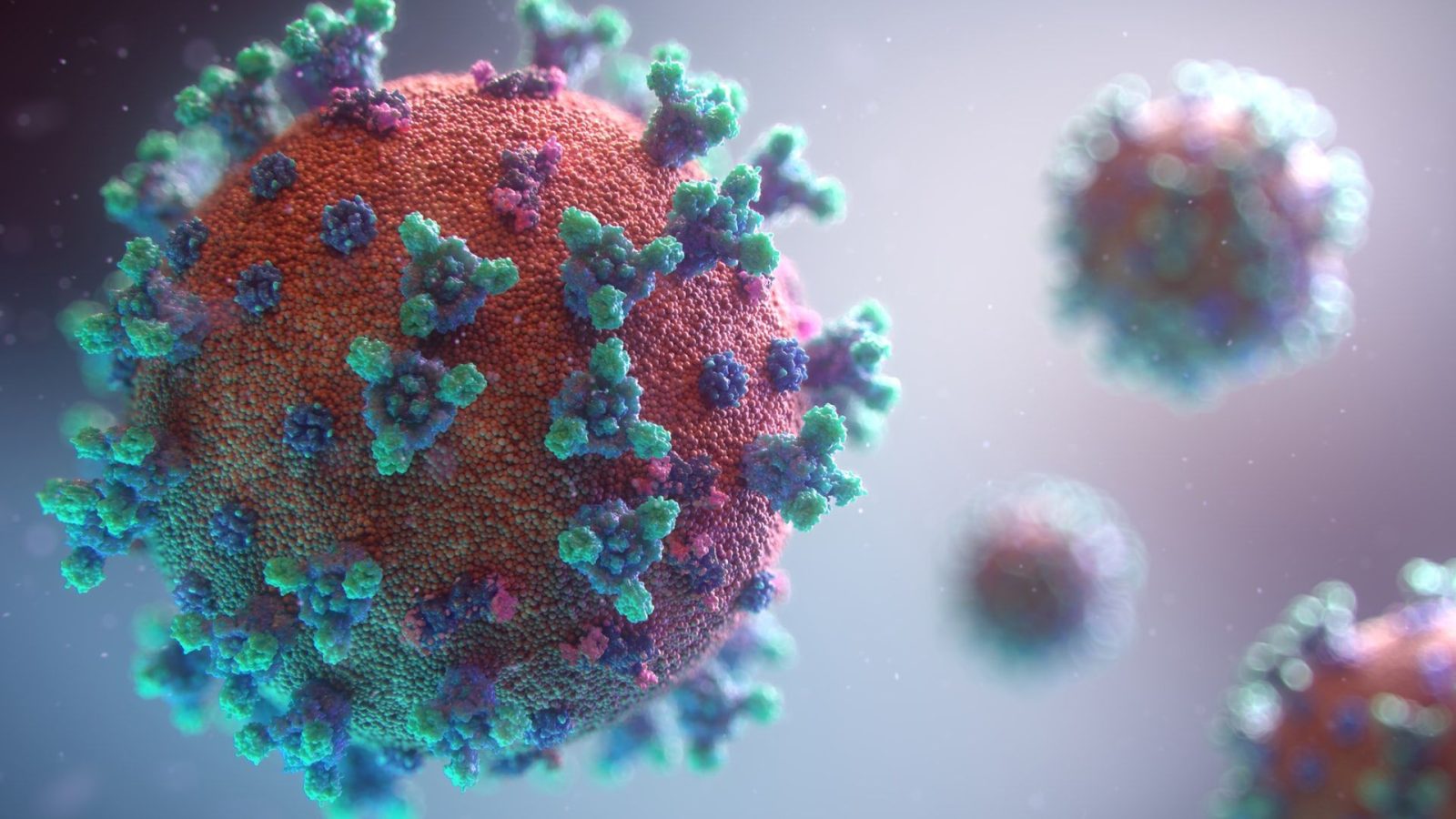According to the U.S. Centers for Disease Control and Prevention (CDC), Chinese authorities identified the new coronavirus, which has resulted in confirmed human infections across the globe, including in the United States. This worldwide distribution of the virus led the World Health Organization (WHO) to designate COVID-19 as a pandemic on March 11, 2020. On March 13, 2020, the President of the United States declared the COVID-19 pandemic a national emergency. The latest situation summary updates are available on the CDC’s coronavirus webpage.
Currently, there is an effort to better understand disease transmissibility, infectivity, and severity associated with this pandemic. According to the CDC:
- Spread from person-to-person most likely occurs during close (within 6 feet) contact with an infected person.
- Person-to-person spread is thought to occur mainly via droplets of respiratory secretions produced when an infected person coughs or sneezes, similar to how influenza and other respiratory diseases spread. These droplets are believed to enter the mouths and noses of people nearby, and can be inhaled into the nose and lungs.
- There is also growing evidence of transmission risk from infected persons without symptoms or before the onset of recognized symptoms.
- COVID-19 can also be transmitted by touching surfaces or objects contaminated with SARS-CoV-2 (the virus that causes the disease), then touching their mouth, nose, or possibly their eyes.
In some affected geographic areas, COVID-19 appears to be spreading easily and sustainably in the community. This is referred to as community (or local) transmission, and means that people in certain areas are being infected with the virus and transmission cannot be traced to a single infected person. Infected people may not be sure how or where they became infected. Different parts of the United States are experiencing different levels of COVID-19 disease. U.S. cases include travelers, cases among close contacts of a known case, and community and workplace spread.
Risk factors for worker exposure to SARS-CoV-2 include:
- Job duties involving close (within 6 feet) contact with infected people or other sources of the virus. This includes close contact with patients in healthcare and coworkers, customers, and/or members of the general public in almost all sectors.
- Social conditions, such as ongoing transmission in areas of high population density and frequent person-to-person contact, either in the community or in the workplace.
- Travel to areas highly affected by COVID-19 and gathering in large groups.
Many workers, even those who do not encounter infectious people in the course of their job duties, can have similar exposure risks as the general American public in a pandemic. Exposure risks can increase for workers interacting with individuals with higher risks of contracting COVID-19 and for workers who have exposure to other sources of the virus in the course of their job duties. OSHA has developed guidance for classifying worker exposure risks into lower (caution), medium, high, and very high risk categories and provides guidance and resources for protecting workers who perform job tasks in each risk level; see the Control and Prevention page of this Safety and Health Topics page.
In addition to this webpage and other OSHA guidance, employers and workers should consult interim CDC guidance specific to COVID-19, including information for businesses. CDC also provides tips on what the general public should do during the ongoing pandemic.

